Hyundai IONIQ 5 vs Renault Clio – Which one offers the better deal?
Two cars, one duel: Hyundai IONIQ 5 meets Renault Clio.
Which one wins in performance, efficiency and value for money? Find out now!
Costs and Efficiency:
Price and efficiency are key factors when choosing a car – and this is often where the real differences emerge.
Renault Clio has a decisively advantage in terms of price – it starts at 16600 £, while the Hyundai IONIQ 5 costs 38500 £. That’s a price difference of around 21900 £.
Engine and Performance:
Power, torque and acceleration are the classic benchmarks for car enthusiasts – and here, some clear differences start to show.
When it comes to engine power, the Hyundai IONIQ 5 has a significantly edge – offering 650 HP compared to 143 HP. That’s roughly 507 HP more horsepower.
In acceleration from 0 to 100 km/h, the Hyundai IONIQ 5 is decisively quicker – completing the sprint in 3.50 s, while the Renault Clio takes 9.30 s. That’s about 5.80 s faster.
In terms of top speed, the Hyundai IONIQ 5 performs noticeable better – reaching 260 km/h, while the Renault Clio tops out at 174 km/h. The difference is around 86 km/h.
There’s also a difference in torque: Hyundai IONIQ 5 pulls significantly stronger with 770 Nm compared to 205 Nm. That’s about 565 Nm difference.
Space and Everyday Use:
Whether family car or daily driver – which one offers more room, flexibility and comfort?
Both vehicles offer seating for 5 people.
In curb weight, Renault Clio is significantly lighter – 1124 kg compared to 1955 kg. The difference is around 831 kg.
In terms of boot space, the Hyundai IONIQ 5 offers evident more room – 520 L compared to 391 L. That’s a difference of about 129 L.
In maximum load capacity, the Hyundai IONIQ 5 performs noticeable better – up to 1580 L, which is about 511 L more than the Renault Clio.
When it comes to payload, Hyundai IONIQ 5 distinct takes the win – 530 kg compared to 406 kg. That’s a difference of about 124 kg.
Who comes out on top?
Overall, the Hyundai IONIQ 5 shows itself to be leaves the rival little chance and secures the title of DriveDuel Champion.
It convinces with the more balanced overall package and proves to be the more versatile choice for everyday use.
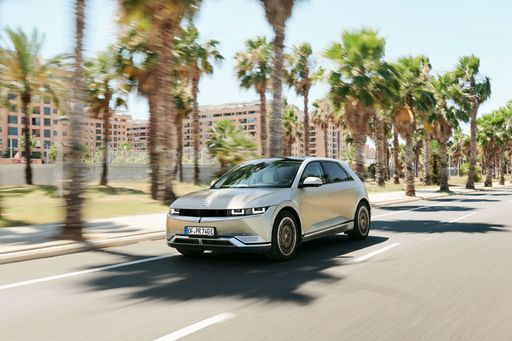
Hyundai IONIQ 5
Hyundai IONIQ 5
The Hyundai IONIQ 5 showcases a bold and futuristic design that captures attention with its striking facade and sharp lines. This electric vehicle offers an impressive blend of performance and efficiency, making it a compelling choice for environmentally conscious drivers. Inside, the spacious and tech-forward interior provides a comfortable and engaging driving experience for both driver and passengers.
details @ hyundai.news
@ hyundai.news
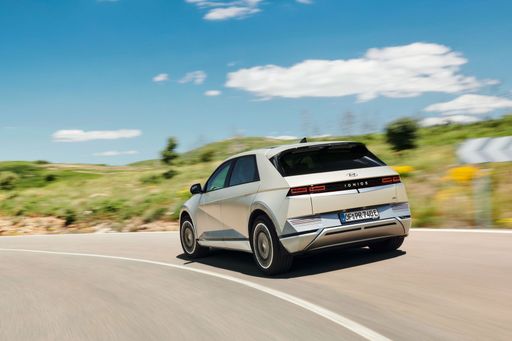 @ hyundai.news
@ hyundai.news
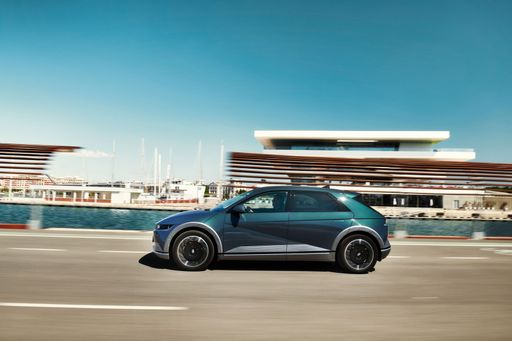 @ hyundai.news
@ hyundai.news
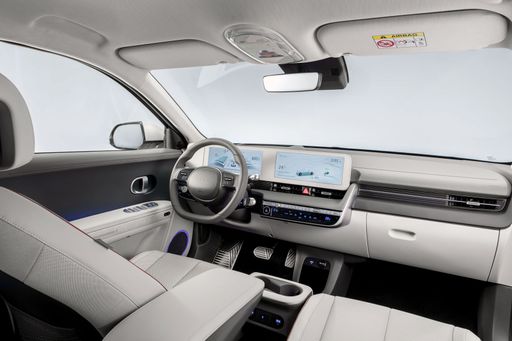 @ hyundai.news
@ hyundai.news
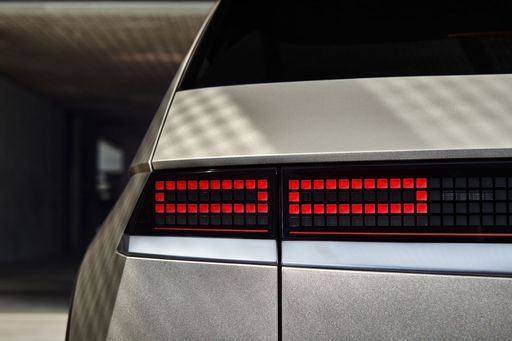 @ hyundai.news
@ hyundai.news
Renault Clio
The Renault Clio continues to impress with its sleek design and agile handling, making it a standout choice in the compact car segment. Inside, it offers a surprisingly spacious and comfortable cabin, crafted with high-quality materials that enhance the driving experience. Its fuel efficiency and reliable performance make it an attractive option for both city commuting and longer journeys.
details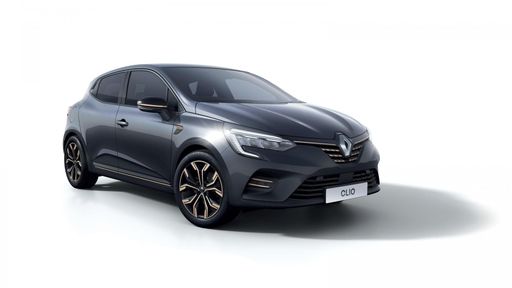 @ renault-presse.de
@ renault-presse.de
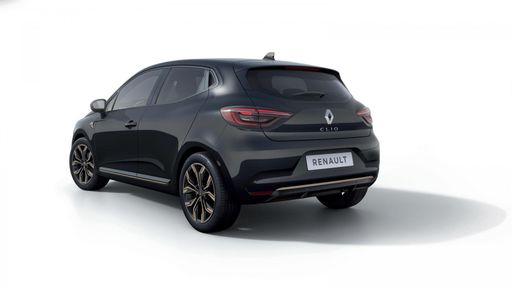 @ renault-presse.de
@ renault-presse.de
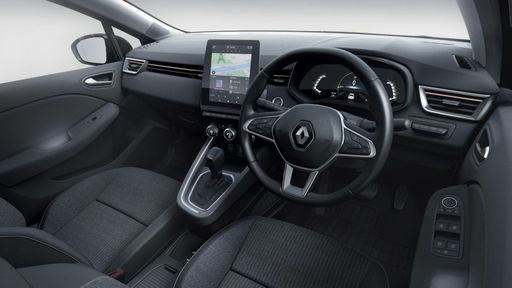 @ renault-presse.de
@ renault-presse.de

|

|
|
|
|
Costs and Consumption |
|
|---|---|
|
Price
38500 - 64200 £
|
Price
16600 - 23000 £
|
|
Consumption L/100km
-
|
Consumption L/100km
4.3 - 5.3 L
|
|
Consumption kWh/100km
15.6 - 21.2 kWh
|
Consumption kWh/100km
-
|
|
Electric Range
440 - 570 km
|
Electric Range
-
|
|
Battery Capacity
63 - 84 kWh
|
Battery Capacity
0.60 kWh
|
|
co2
0 g/km
|
co2
97 - 121 g/km
|
|
Fuel tank capacity
-
|
Fuel tank capacity
39 - 42 L
|
Dimensions and Body |
|
|---|---|
|
Body Type
SUV
|
Body Type
Hatchback
|
|
Seats
5
|
Seats
5
|
|
Doors
5
|
Doors
5
|
|
Curb weight
1955 - 2275 kg
|
Curb weight
1124 - 1331 kg
|
|
Trunk capacity
480 - 520 L
|
Trunk capacity
301 - 391 L
|
|
Length
4655 - 4715 mm
|
Length
4053 mm
|
|
Width
1890 - 1940 mm
|
Width
1798 mm
|
|
Height
1585 - 1605 mm
|
Height
1440 mm
|
|
Max trunk capacity
1540 - 1580 L
|
Max trunk capacity
979 - 1069 L
|
|
Payload
385 - 530 kg
|
Payload
398 - 406 kg
|
Engine and Performance |
|
|---|---|
|
Engine Type
Electric
|
Engine Type
Full Hybrid, Petrol
|
|
Transmission
Automatic
|
Transmission
Automatic, Manuel
|
|
Transmission Detail
Reduction Gearbox
|
Transmission Detail
Automatic Gearbox, Manual Gearbox
|
|
Drive Type
Rear-Wheel Drive, All-Wheel Drive
|
Drive Type
Front-Wheel Drive
|
|
Power HP
170 - 650 HP
|
Power HP
67 - 143 HP
|
|
Acceleration 0-100km/h
3.5 - 8.5 s
|
Acceleration 0-100km/h
9.3 - 17.1 s
|
|
Max Speed
185 - 260 km/h
|
Max Speed
160 - 174 km/h
|
|
Torque
350 - 770 Nm
|
Torque
95 - 205 Nm
|
|
Number of Cylinders
-
|
Number of Cylinders
3 - 4
|
|
Power kW
125 - 478 kW
|
Power kW
49 - 105 kW
|
|
Engine capacity
-
|
Engine capacity
999 - 1598 cm3
|
General |
|
|---|---|
|
Model Year
2024
|
Model Year
2023 - 2025
|
|
CO2 Efficiency Class
A
|
CO2 Efficiency Class
C, D
|
|
Brand
Hyundai
|
Brand
Renault
|
What drive types are available for the Hyundai IONIQ 5?
The Hyundai IONIQ 5 is available as Rear-Wheel Drive or All-Wheel Drive.
The prices and data displayed are estimates based on German list prices and may vary by country. This information is not legally binding.
